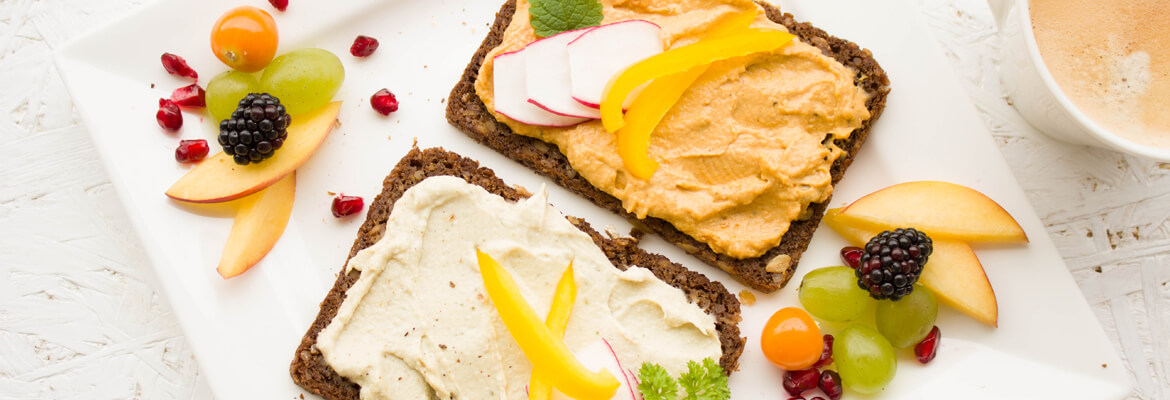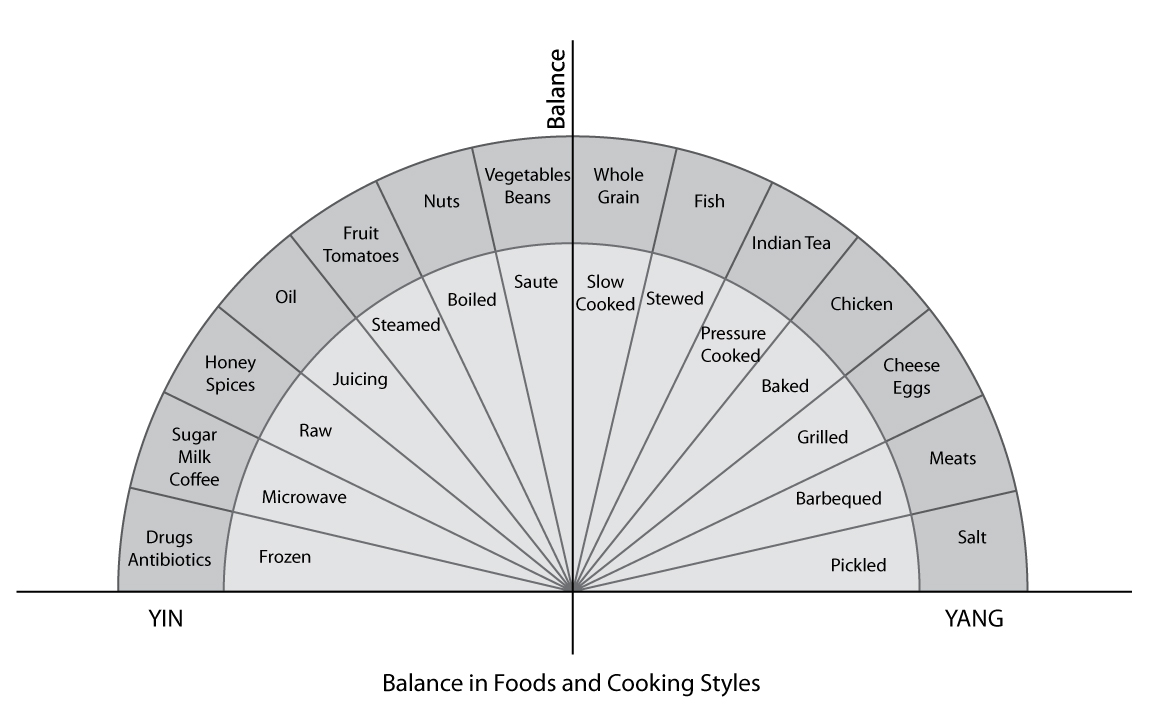23
2021
LEARNING HOW TO MANAGE YOUR CRAVINGS

Managing your cravings in a meaningful way
Often when we think of why we crave certain foods, the way that is given to us out of such a happening is to suppress our craving, distract our mind or drink some tea or a glass of water. However, we rarely look at an imbalance in the body caused by certain foods, that lead to these cravings. The Macrobiotic lineage with its focus on the ‘energies’ of foods has a rich system in place that explains to us why cravings take place, and what do we do to stop cravings.
Food and energy: bringing in the balance
Every phenomenon is described by these two energetic processes and is extended to foods, cooking styles, diagnosing health conditions, looking at a person’s nature, physical activity, body organs, just about everything. In this approach, it is the root of diagnosis and treatment of any issue. Who looks at life this way? Traditional Chinese medicine (TCM) and this approach is rooted in TCM. Just so you understand this better-a few examples:
| YANG | YIN |
|---|---|
| Heaven | Earth |
| Heat | Cold |
| Contraction | Expansion |
| Masculine | Feminine |
| Active | Passive |
| Heavier | Lighter |
| Hotter | Colder |
| Drier | Wetter |
| Thinner | Thicker |
| Harder | Softer |
To illustrate this with a real-life example: if you go out in the heat, or are lying in the sun, an excess heat condition will cause your body fluids to dry up, this will lead to a contracted, condition, dry skin, and a dry digestive system (may get constipated) = yang condition. You will need some fluids (yin) to balance you out or will feel the need to jump into the pool, more importantly, replenish the fluid to restore a balanced condition in your body. A diet of animal foods for someone in a physically demanding profession will create the same condition, so this person will need to seek balance with greens (right yin food), vegetables (right yin food), and will also seek sugar (wrong yin food). Nothing is purely yin or yang, you always look at yin and yang as complimenting each other or as in relation to one another. So in the above example, while meat is contracted yang, greens and vegetables are yin – more expansive and so is sugar. This becomes clearer as we go along, and work with 2 principles as laid out by Macrobiotic philosophy.
Principle 1: One-infinity (energy) manifests itself into two complementary and antagonistic tendencies, yin and yang.
One of the founding principles of this approach is that the universal flow of energy i.e. if we all acknowledge that there is a bigger source than us at play around us on this earth – you can refer to this source as “prana”, “chi” or “life-force” which expresses itself through two forces, yin and yang or expansion and contraction. Now, I am sure you are wondering what the heck, is this a course in spirituality, or is she going to tell us the secret behind the food. Well, the truth is I am taking you back to the start. E.g., gravity is a contracted force, it holds us together, while the opposite happens when we look at an expansive force that is the pull against gravity.
Principle 2: Food and cooking styles have their energy and thereby the power to influence your energy.
“Let food be thy medicine, and medicine be thy food”. Now, it’s easier to understand this assumption. You can use just foods to balance you and change your energy or the way you feel, you just need to know-how. Food has the most powerful influence indirectly changing your energy, the way you feel and balance your emotions, and your attitude to life. The living energy in foods is the total of how the food grows, where it grows, the season in which it grows, how it is treated after it grows. This in turn also impacts how this food will be used in a cooking style to impact your condition. E.g., For starters, living foods are what one should focus on: e.g., would you say that corn flakes – touting bran flakes on the box and fortified with vitamins is live food compared to brown rice poha? Obviously, the distinction is quite clear – the live food here is the poha. Bran flakes are not “alive”, it’s been processed, fortified, and then packaged.
The bottom line is keeping your health quotient high is to balance these two forces of nature in everything you do. Be it foods that you consume or cooking styles you use.
So how do we look at these two forces concerning foods and cooking styles?
Energy of….
| YANG FOODS | YIN FOODS |
|---|---|
| Heavy, hard, dense, Grown downwards, tough, Fibrous, dry, warm, cooked, Meaty, salty, keeps longer, Dry, cool, thick, slower Growing vegetables | light, grow upwards light, wet, cool, raw, spicy, sweet, juicy, oily thick, rapid growing vegetables |
| Tastes: Salty, naturally sweet, Pungent foods | Tastes: Sour, bitter, sharply sweet, hot, Aromatic |
| YANG COOKING STYLES | YIN COOKING STYLES |
|---|---|
| Slow cooking, stewing Baking, movement of energy Inward and downward | Boiling, sautéing, blanching, movement upward and outward |
BALANCE CHART

The above chart not only explains the yin and yang of foods, tastes, textures, and cooking styles but also, gives you an insight into, how yin and yang foods attract and repel each other. You know now that a diet that includes cheese, eggs, meats, salt, biscuits, chips is yang and will produce contracted energy and make you feel heavy, hard, tensed, dry, and crave yin foods, which means you will get thirsty. You should seek good quality yin foods like leafy greens, different vegetables, whole grain beans, seasonal fruits, nuts and seeds, and juices (occasionally).
E.g., if you were a meat eater and we know now from the chart that meat-eating produces a yang effect in the body, i.e., contracted energy, we must have a bowl of vegetables (yin) or balance this out with even a glass of wine (yin), some good quality sweet (yin). They say opposites attract, and this is true even with how yin and yang foods work or e.g. if you were at the theater and had a bag of popcorn or chips (yang), you will naturally crave some water (yin) to balance yourself out. Basically, the blood condition gets contracted (dehydration because of the salt) to attract some yin fluid to release this contraction.
Balancing out extreme yin foods like sugar, honey, alcohol, excessive fruit, and raw salads will create either a craving for more yin so more sugar and bring about expansive conditions, like colds, flu’s and feeling moody, dreamy, spacey – so to bring in calmer more settled energy stick to good quality foods in the middle like whole grain (sustained sugars), vegetables – focusing on round vegetables (see explanation in vegetable section), fish (if you eat it), miso soup, pressure cook your grains and beans as it will bring in more good yang settled energy, use sea salt to make preparations. A good very simple example is that of sugar. Sweet, will always crave more sweet, or seek to then balance itself by craving something yang that is salty.
Always take the middle path
Your body seeks to balance its yin and yang energy through the yin and yang energy that foods and cooking styles will provide. Foods at extreme ends of the yin and yang polarity will throw you out of balance and lead to cravings, mood swings, so how will you make this balance? A steady diet of foods that come under the classification of living foods and are not at extreme ends of the polarity of yin and yang, but somewhere in the middle will help you to get into balance, replenish and nourish you and be preventive toward any future problems you may create with foods that are extremely yin or yang.
Get of the giant wheel of consuming too much sugar, meats, dairy and get on the surfboard of whole grains, beans, vegetables, nuts, seeds, and healthy liquid fats. Then see how your cravings decrease and your body will also change. With all the information, you can get on that surfboard and cruise your course, no matter how strong the wind. Correct foods will put you on the “middle path” and will help you to achieve balance and keep your insulin levels steady. The balance should be the goal of those looking for good health. Since being too yin or yang is home for ill-health.
